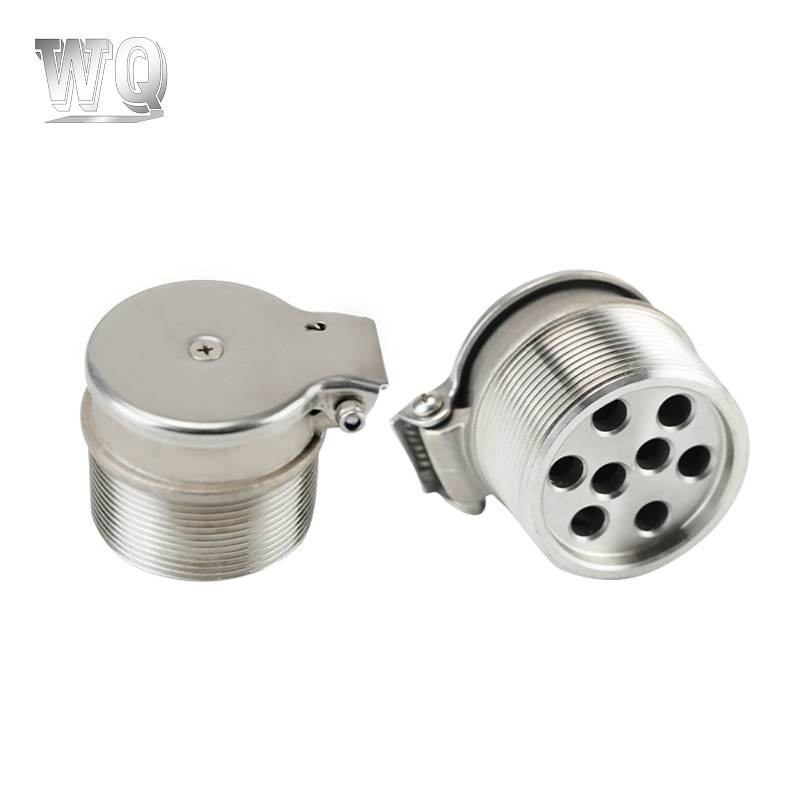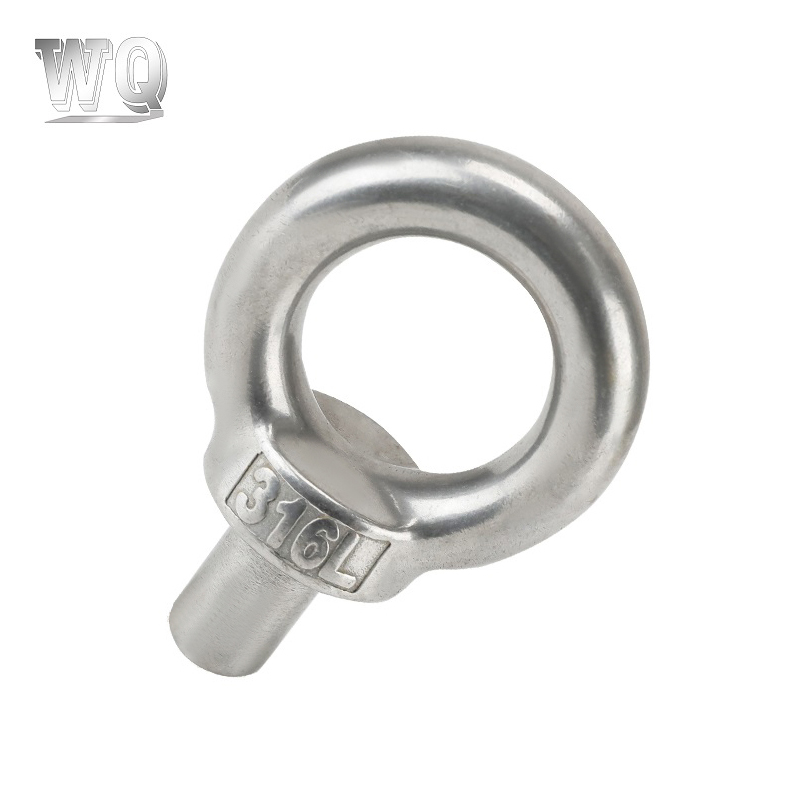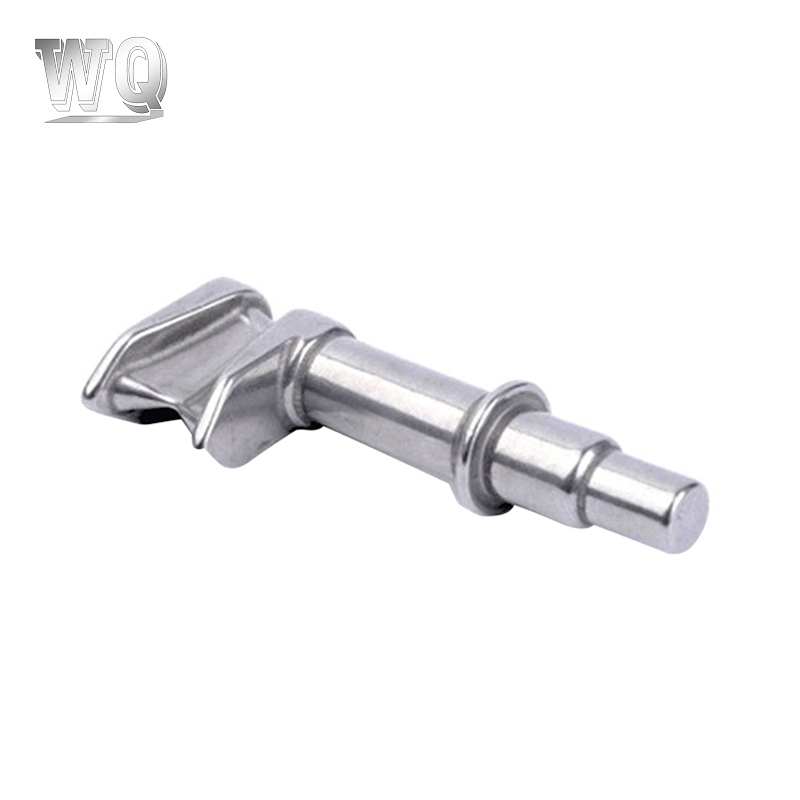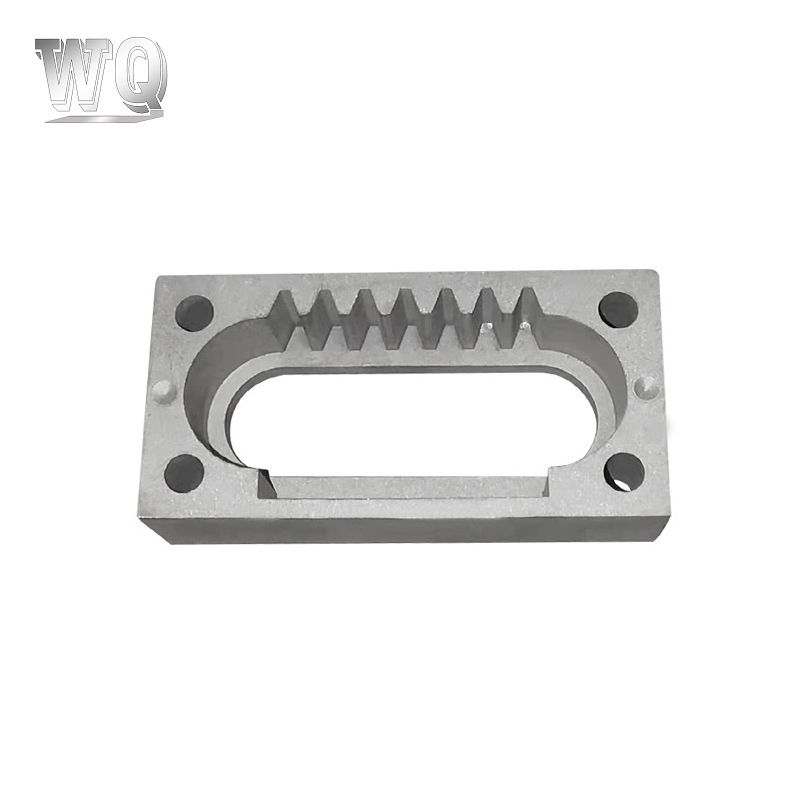Electropolishing plays a critical role in improving the surface finish of casting auto parts by refining and enhancing the surface at a microscopic level. This electrochemical process not only smooths the surface but also provides several key benefits that contribute to the performance, durability, and appearance of automotive components. The important roles of electropolishing in this context are outlined below:
Electropolishing selectively removes high points or microscopic peaks on the surface of a metal part, effectively leveling the surface. This results in a smoother, more uniform finish.Many cast parts, especially those with complex geometries, often have rough surfaces or minor imperfections after casting. Electropolishing reduces surface roughness, leading to a smoother finish that enhances functionality and aesthetics.
By removing surface imperfections and contaminants, electropolishing reduces the areas where corrosion can initiate (e.g., micro-crevices, oxide layers). Additionally, the process creates a passivated surface layer, especially on stainless steel, that resists oxidation.Automotive parts exposed to harsh environments (e.g., engine components, exhaust systems) benefit from increased corrosion resistance, extending their lifespan and improving reliability.
Electropolishing produces a bright, shiny finish by smoothing the metal surface at the molecular level. It removes discoloration, stains, and other surface impurities that may remain after casting.A visually appealing, polished appearance is important for parts that are visible in the vehicle, such as decorative trims, engine covers, and exhaust tips. This polished look adds value to the final product.
By removing surface defects such as burrs, pits, or sharp edges, electropolishing reduces the likelihood of stress concentrations that can lead to premature failure under mechanical load.Components like gears, pistons, and valves benefit from reduced stress concentrations, which can lead to improved fatigue resistance and overall durability. This is crucial for high-performance parts exposed to repeated stress and friction.

The smooth, mirror-like surface created by electropolishing is non-porous and free of contaminants, making it much easier to clean and less likely to harbor dirt or bacteria.In automotive applications, cleanliness is essential, especially for parts exposed to fuel, oil, and other contaminants. Electropolished parts are easier to maintain, contributing to better overall performance and reduced maintenance.
By reducing surface roughness, electropolishing decreases friction between moving parts, which minimizes wear and tear over time.Automotive components that are subject to friction, such as transmission parts, benefit from reduced surface wear, leading to extended part life and improved efficiency.
Electropolishing removes burrs and sharp edges that may be left over from the casting process. These burrs can be hazardous or interfere with the fit and function of the part.Removing burrs is particularly important for precision components, such as engine or transmission parts, where sharp edges could compromise assembly or create issues in high-precision environments.
Electropolishing creates a smooth and inert surface that is less likely to harbor contaminants or bacteria.While not a direct automotive application, electropolishing's hygiene benefits can apply to automotive parts that need to maintain clean surfaces, such as components in vehicles used in sensitive industries (e.g., food transportation vehicles).
Electropolishing is highly effective for parts with complex geometries or intricate details where mechanical polishing methods cannot reach.Cast auto parts often have complex shapes that would be challenging to polish mechanically. Electropolishing can smooth out all surfaces uniformly, including those that are otherwise hard to reach.
Since electropolishing enhances surface finish and corrosion resistance, it can reduce or eliminate the need for additional surface coatings (such as painting or powder coating) in certain applications.By eliminating extra coating steps, manufacturers can reduce costs and production time while still achieving the desired surface quality and protection.
Electropolishing thus plays a vital role in refining and enhancing the surface quality of casting auto parts, leading to improved performance, durability, and overall value.









